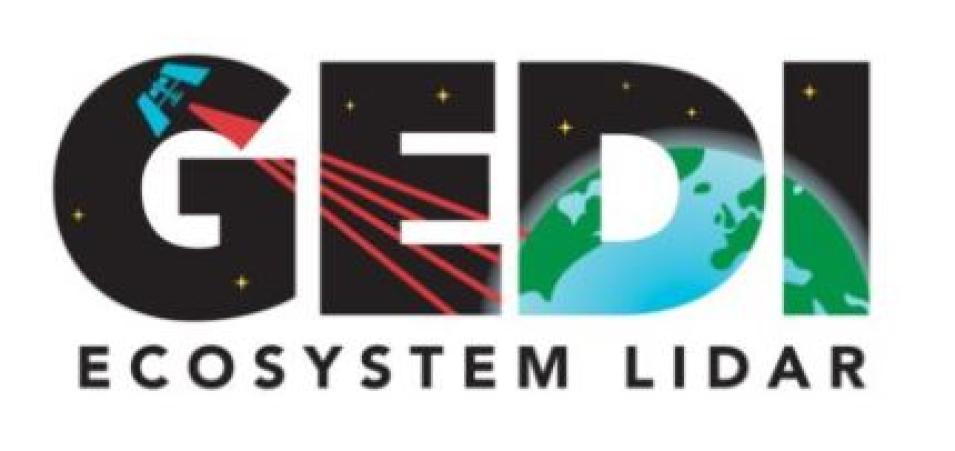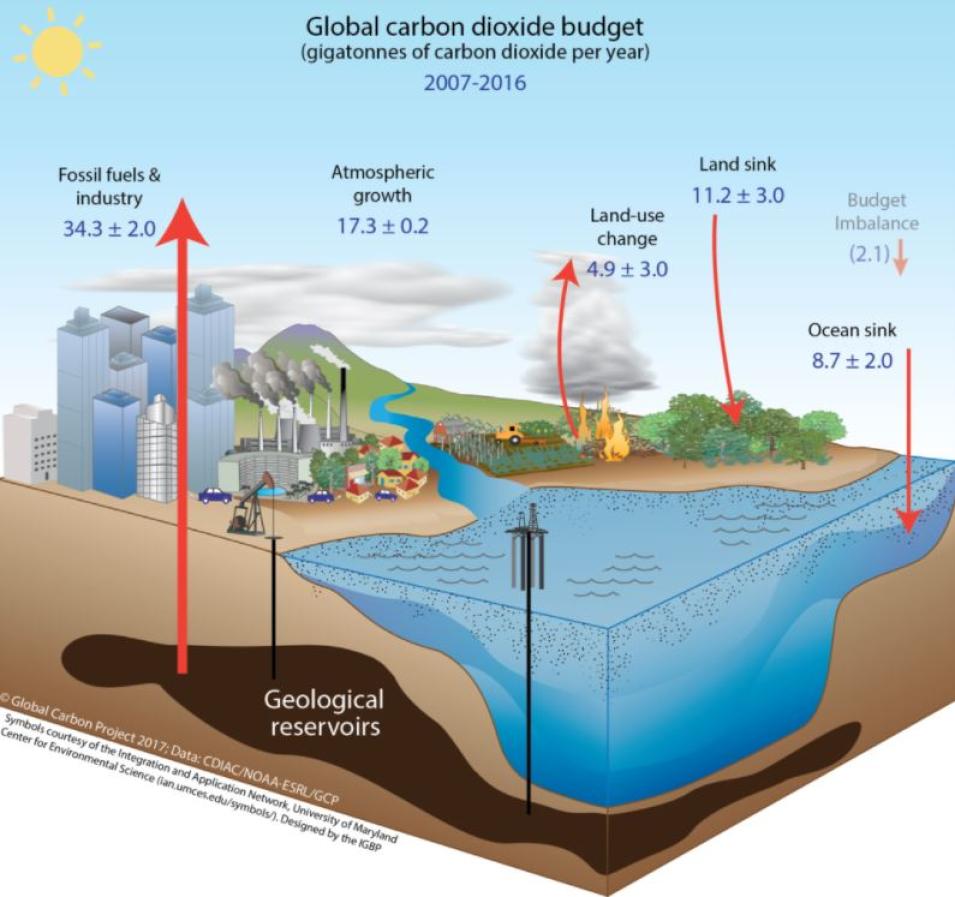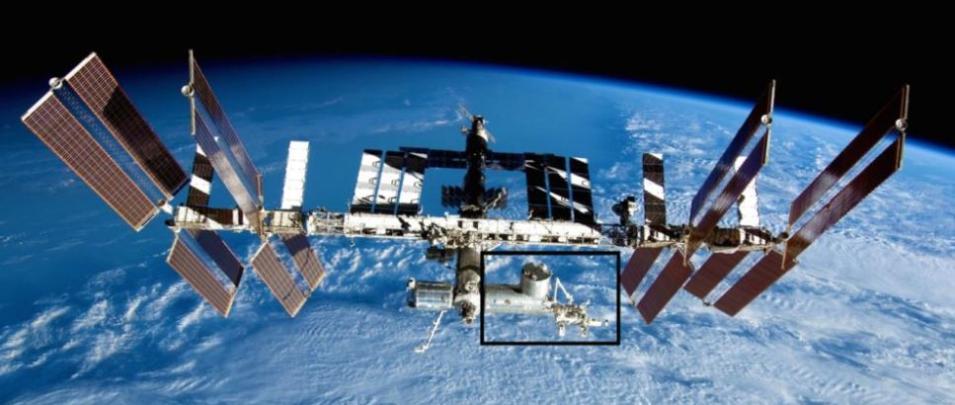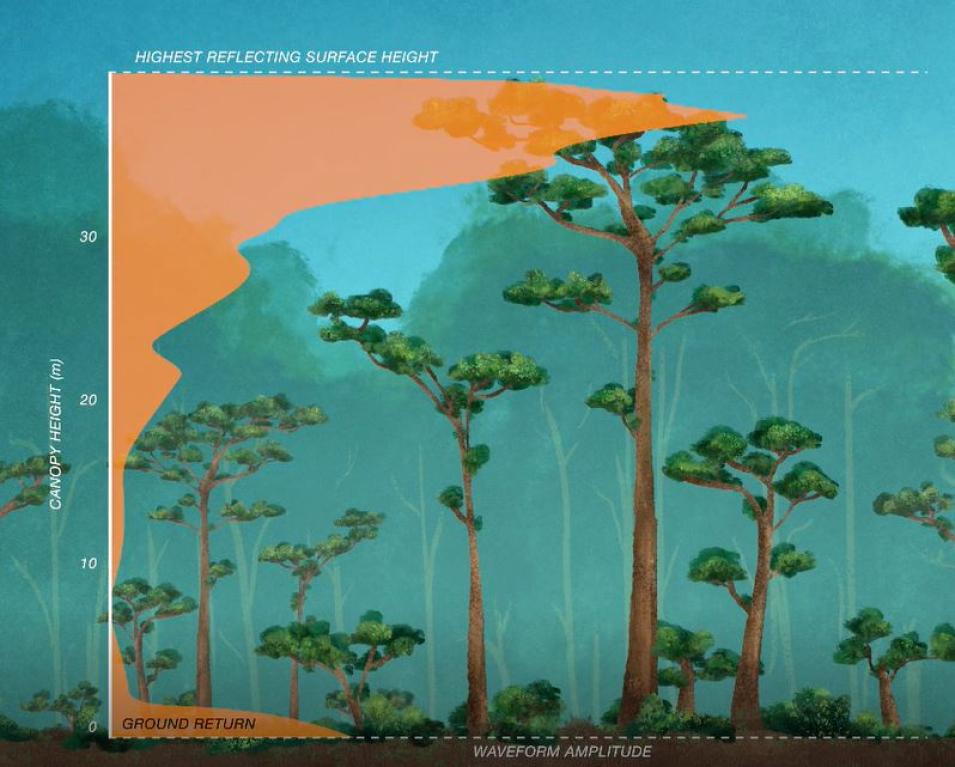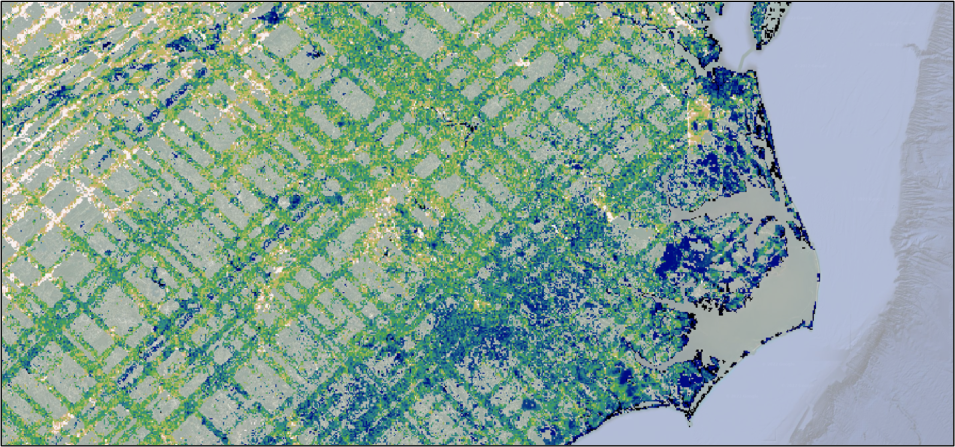It's well known that the trees in Earth’s forests absorb carbon dioxide (CO2) from the atmosphere and, through the process of photosynthesis, convert it to biomass — essentially storing the carbon in their roots, branches, leaves, and stems as they grow. Yet, measuring just how much carbon is stored in Earth's forests can be a challenge. For example, when forests are disturbed through natural or human causes, such as fire or deforestation, they release this stored carbon back into the atmosphere. At the same time, forests are estimated to absorb about one-third of the fossil carbon emitted per year.
Therefore, there is great uncertainty about the magnitudes of carbon emitted and absorbed by forests. When scientists conduct a global accounting of the sources and sinks of carbon, they expect their assessment to balance, as all that carbon must go “somewhere.” What the scientific community has found, however, is an imbalance. There is some emitted carbon that cannot be accounted for. The world’s forests are thought to be this missing carbon sink.
Ecosystem models are the scientific community's best tool for answering these and other forest-related carbon sequestration questions. Yet, if the predictions from models are to be credible, the biomass data used to inform them must be as accurate as possible, as it provides the foundational information on which any assessment of carbon sequestration rests.
